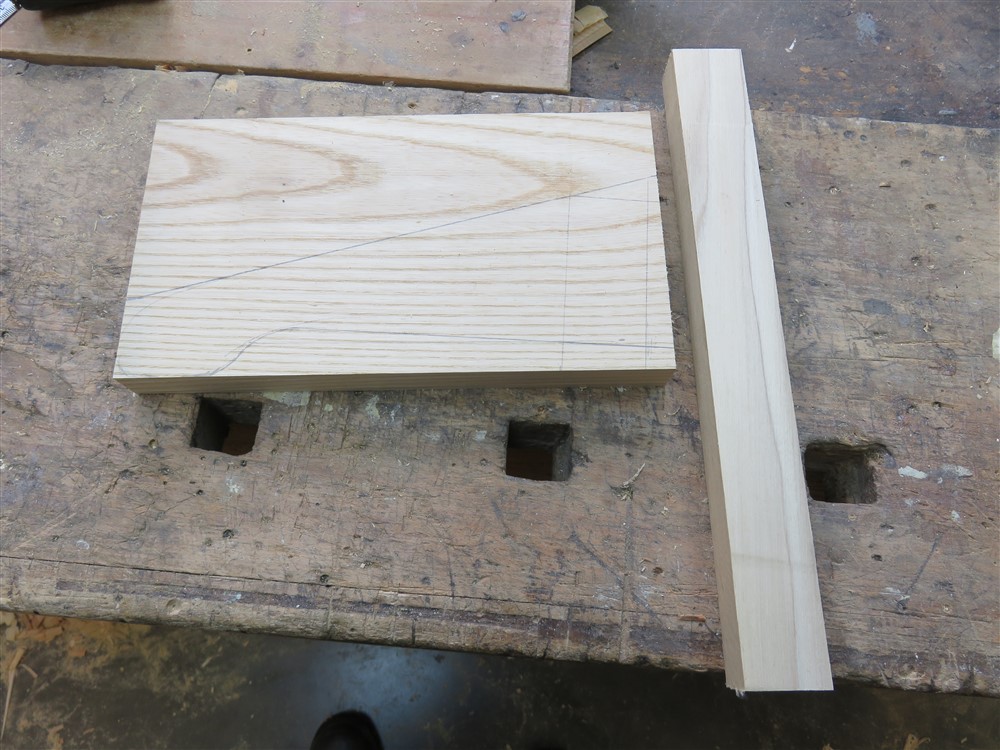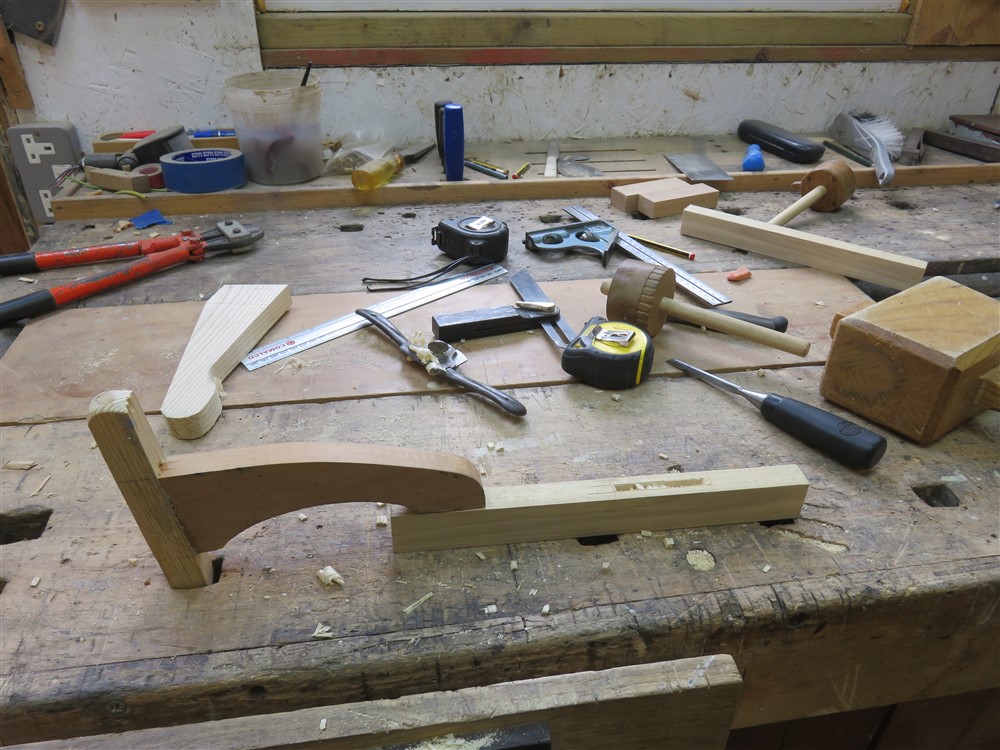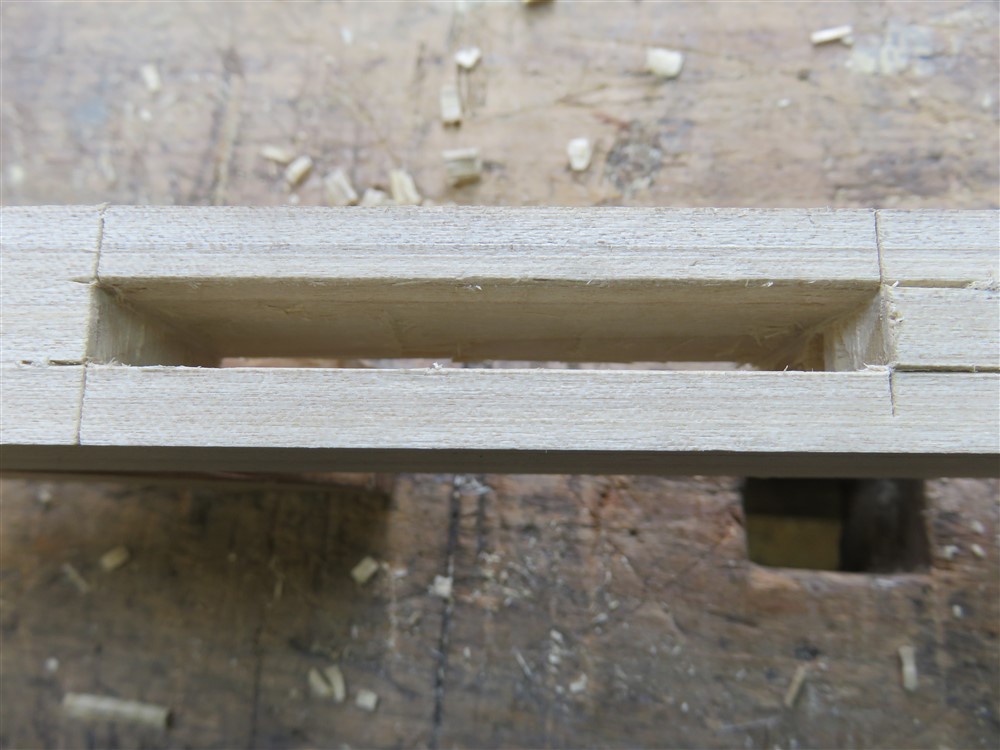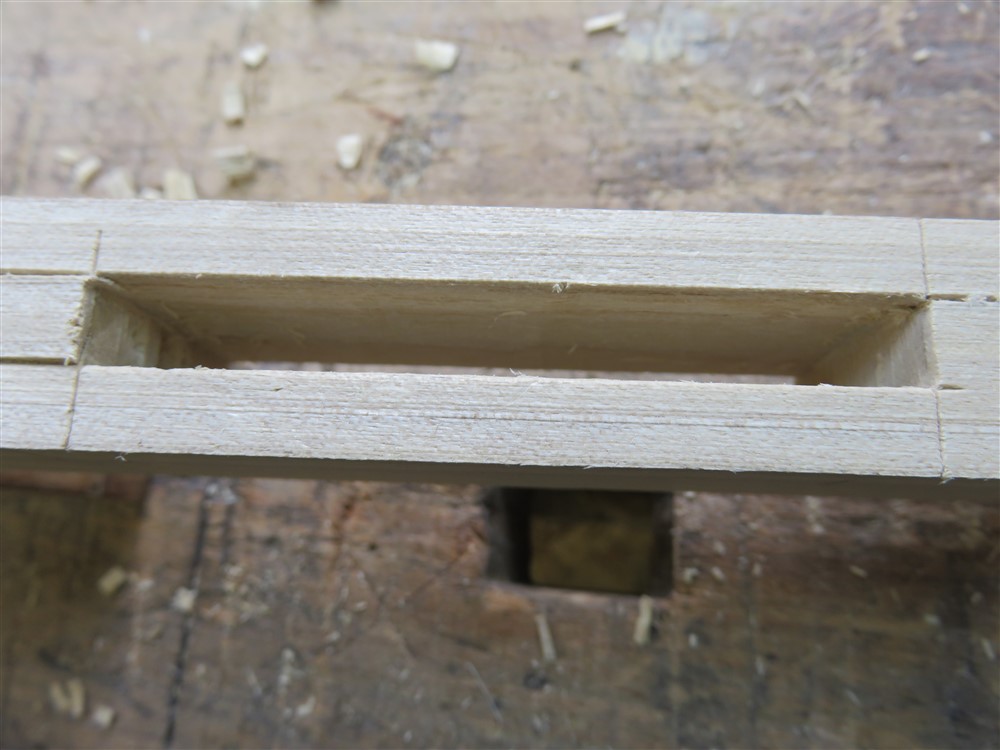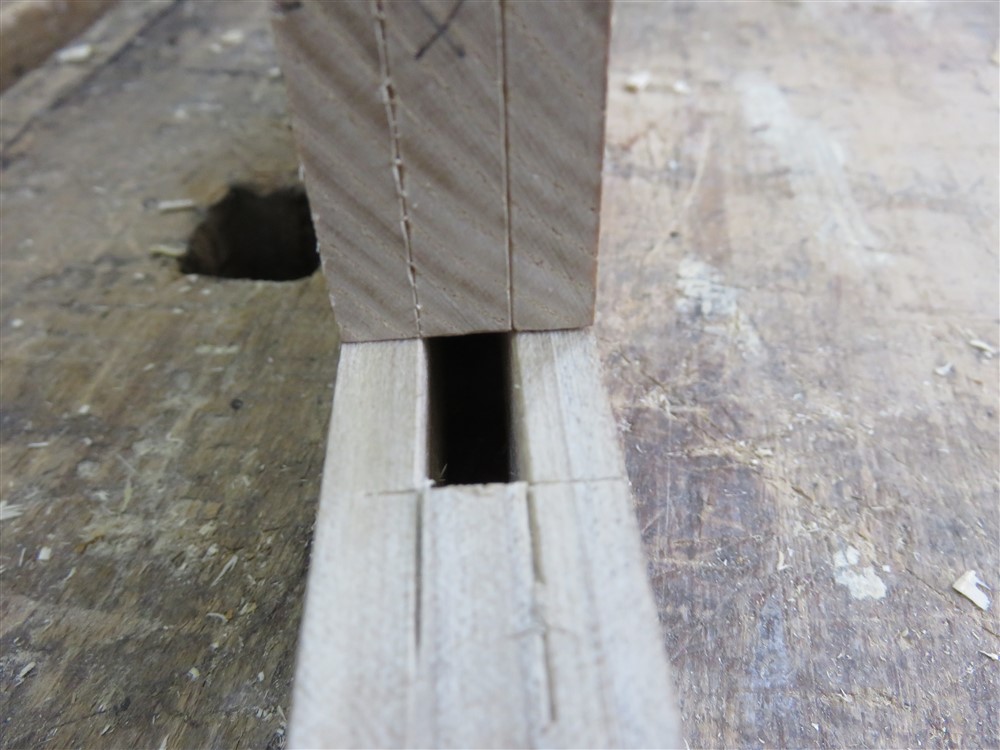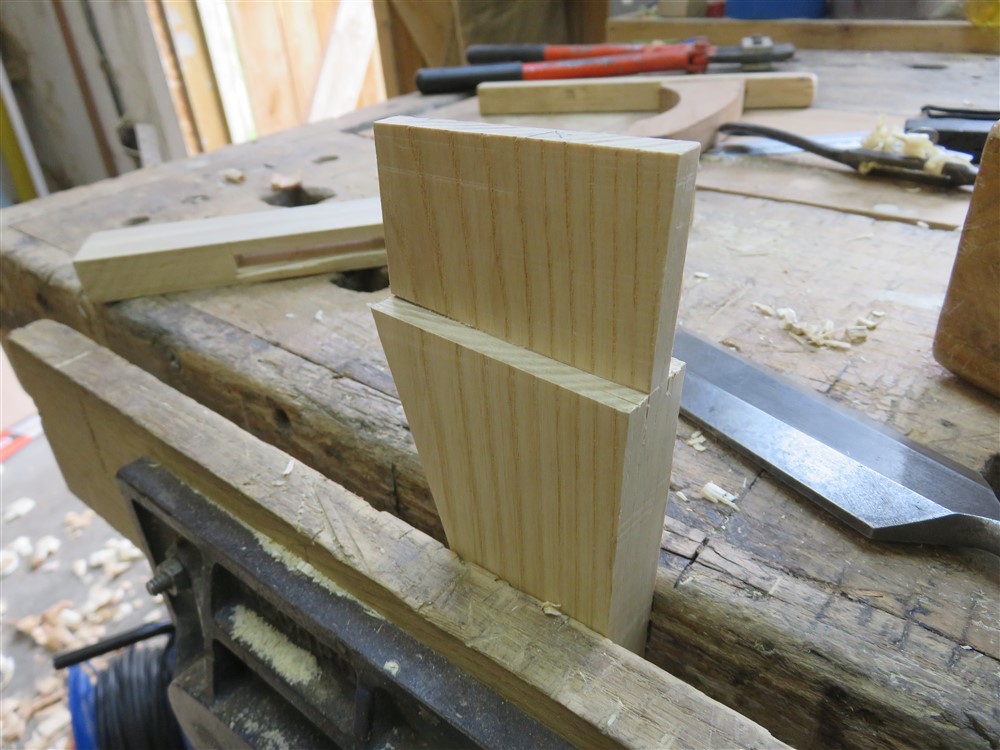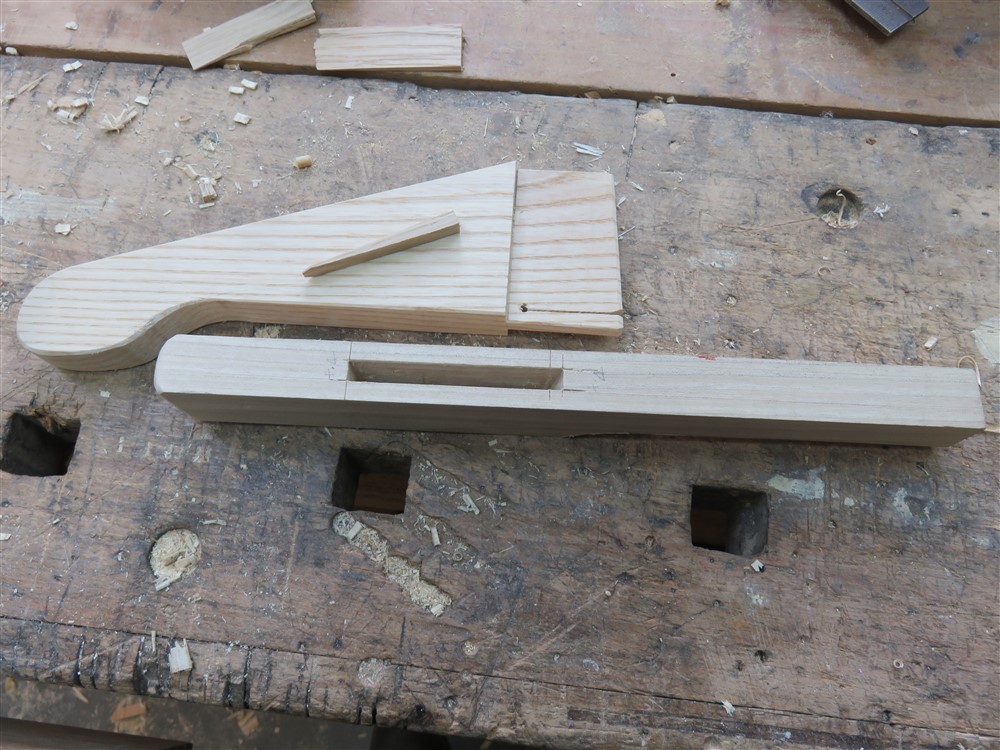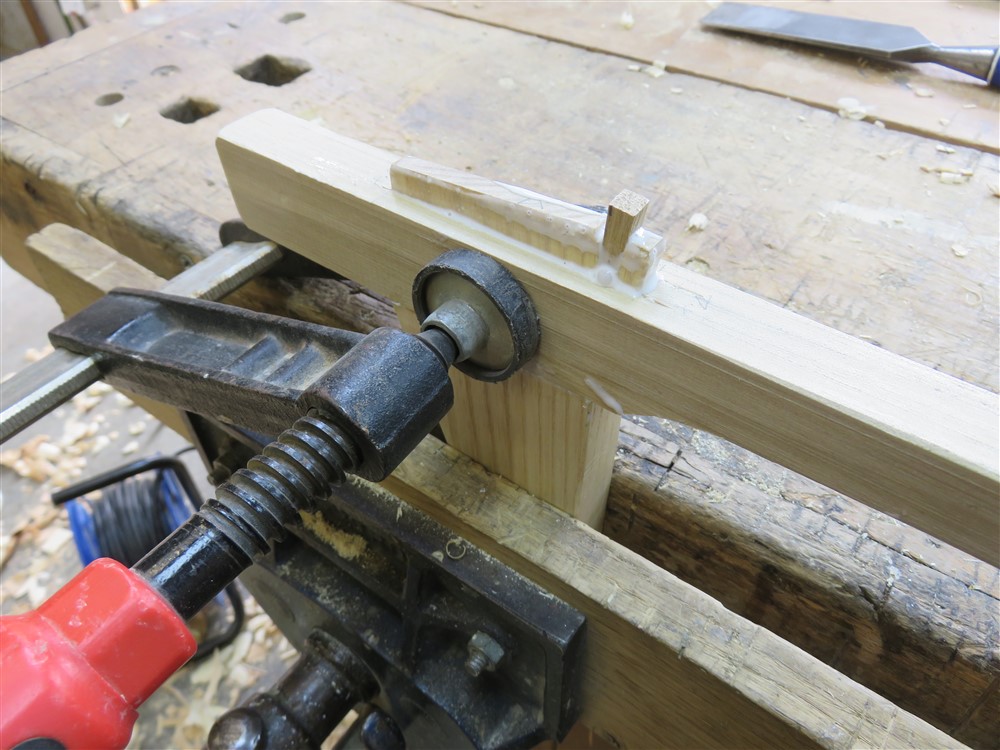MikeG.
Established Member
Of course we do. It's the first part of a joint where the glue will fail. Hardly worth putting any glue in there, other than as a bit of a gap filler..........
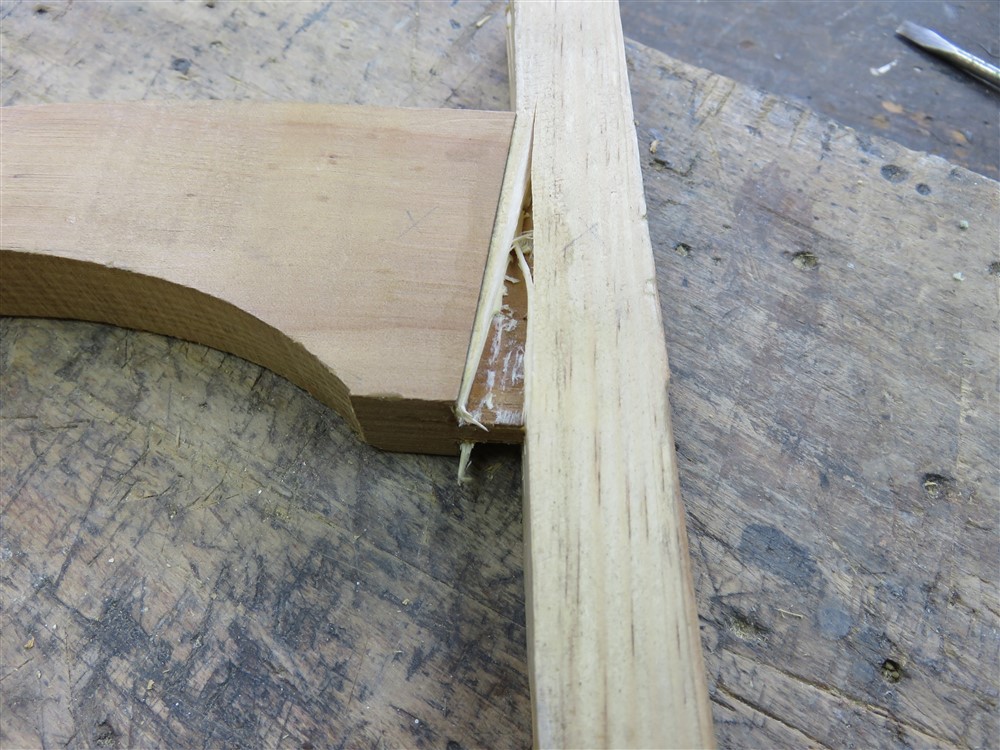

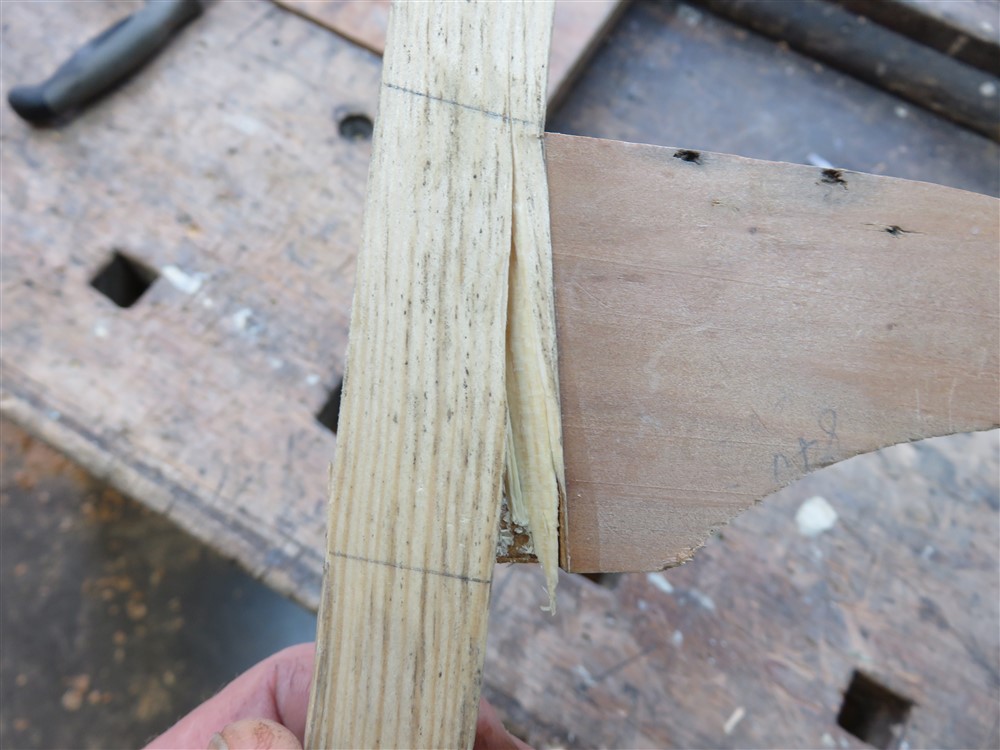
My wooden hold down failed today*. The end grain glue joint didn't, and the larger area long grain to long grain join did. Maybe we need to have a little re-think of those things that we all "know".
*This was a twenty minute experiment which I made about 3 or 4 years ago. I'm astonished it has lasted so long considering it is made of the wrong wood, and has taken some real abuse. I'll make a new one or two properly in something stronger than pine. Probably ash. In the meantime, I've glued this one up again..... :lol: :lol:



My wooden hold down failed today*. The end grain glue joint didn't, and the larger area long grain to long grain join did. Maybe we need to have a little re-think of those things that we all "know".
*This was a twenty minute experiment which I made about 3 or 4 years ago. I'm astonished it has lasted so long considering it is made of the wrong wood, and has taken some real abuse. I'll make a new one or two properly in something stronger than pine. Probably ash. In the meantime, I've glued this one up again..... :lol: :lol:


































